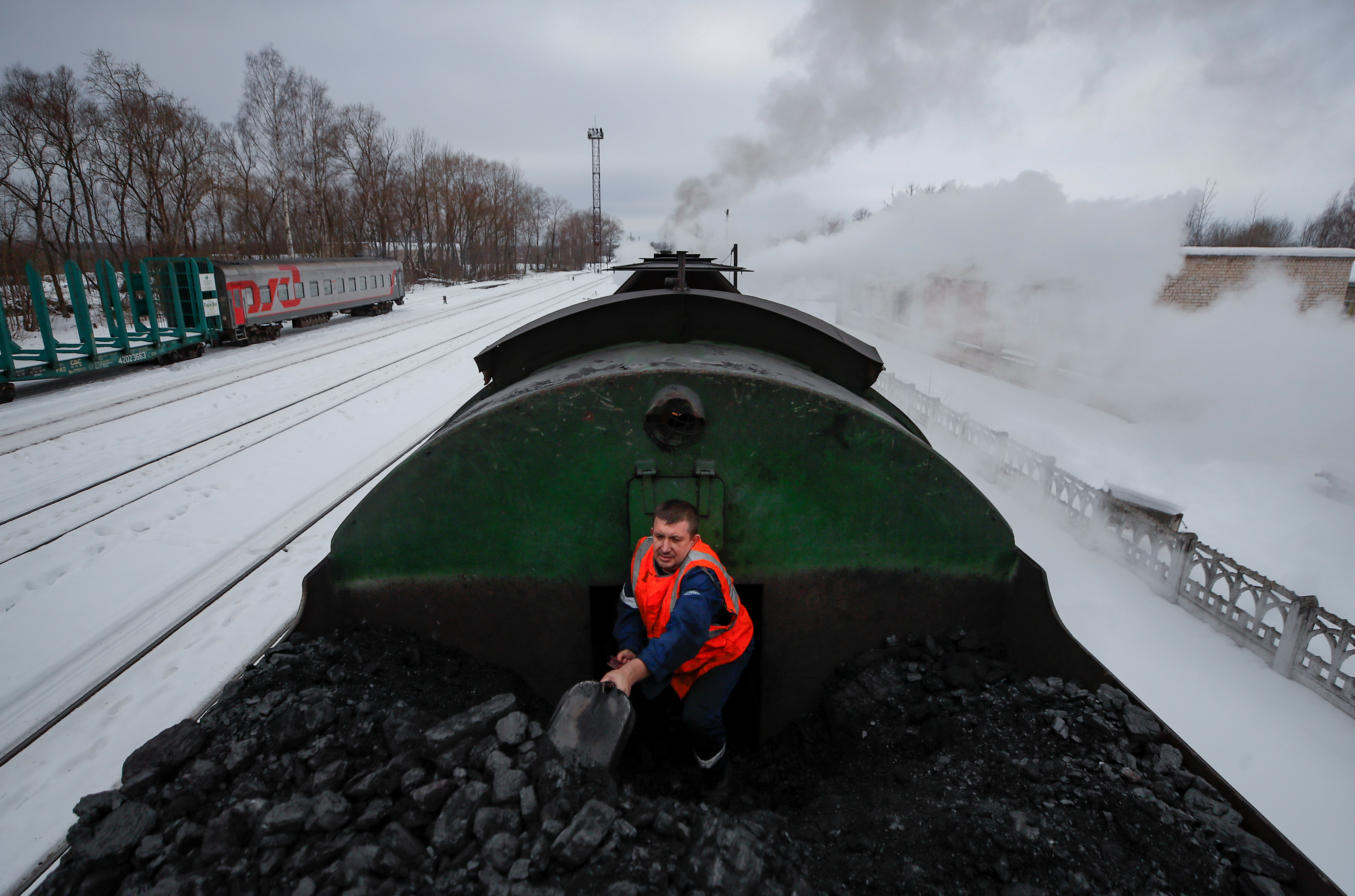
LAUNCESTON, Australia, March 15 (Reuters) – The voluntary shunning of Russian commodities by Western buyers, or self-sanctioning, was expected to start hitting exports of crude oil, liquefied natural gas (LNG) and coal from April, but there are already signs that flows are weakening.
Russia’s invasion of neighbouring Ukraine has prompted numerous Western companies to withdraw from their investments in Russia and scale back or halt their purchases of energy commodities, the mainstay of Russia’s economy.
While Western governments haven’t directly sanctioned energy commodities, many companies are pulling back from buying from Russia due to a combination of fear of public opposition and difficulties in securing financing, insurance and a reluctance of ship owners to load from Russian ports.

This self-sanctioning was expected to largely hit Russia’s exports from April, as most March cargoes would have been arranged prior to Moscow’s first attack on Ukraine on Feb. 24.
But there are already signs of exports starting to slow, with shipments of coal being the most affected so far.
Russia’s shipments of coal to Europe stood at 1.16 million tonnes in the first two weeks of March, according to Refinitiv data, which has been filtered to show only vessels that have already sailed or are in the process of being loaded.
For February, Russia’s coal exports to Europe were 3.37 million tonnes and January’s total was 3.88 million tonnes.
Russian coal exports to Asia also are on track for a sharp slump in March, with Refinitiv showing just 1.84 million tonnes being shipped in the first two weeks, and no cargoes currently being arranged.
Russia exported 6.16 million tonnes of coal to Asia in February and 4.88 million in January, according to Refinitiv, with China being the biggest buyer.
It’s possible that more vessels for Europe and Asia will be arranged and loaded in Russia in the rest of March, but Refinitiv data is currently showing only a small 2.4 million tonnes of potential exports for the remainder of the month for all destinations.
If Russia’s coal exports are sliding, its shipments of crude oil appear to be largely holding up in March, especially to Asia.
Russia is on track to export about 33.89 million barrels of crude to buyers in Asia in March, similar on a barrels per day (bpd) basis to the 30.02 million in February, and slightly below the 36.24 million in January, according to Refinitiv.
However, crude exports to Europe are already tracking lower, with March showing actual and potential shipments of 28.72 million barrels, down from 69.23 million in February and 72.66 million in January.
While the March figures are likely to be revised higher by the end of the month, it would take an enormous turnaround from the current situation to result in anything other than a sharp drop in Russia’s crude shipments to Europe.
The extent of self-sanctioning in Europe will become more obvious in April, but there are already reports that Russian crude cargoes can’t find buyers, even with record high discounts of more than $30 a barrel to the Brent benchmark .
LNG SHIPMENTS SLOWING?
There are also signs that buyers are starting to shun Russian LNG, with just 447,000 tonnes of the super-chilled fuel leaving Russian ports for buyers in Asia so far in March, and Refinitiv data shows no further cargoes currently awaiting loading.
Russia shipped 933,000 tonnes of LNG to Asia in February and 1.15 million in January, with Japan the biggest buyer.
Shipments of LNG to Europe from Russia are 623,000 tonnes so far in March, with no further cargoes currently awaiting loading, according to Refinitiv.
This is down from 1.32 million tonnes in February and 1.53 million in January.
Overall, it seems that buyers are already pulling back from Russian seaborne energy commodities, a process that wasn’t really expected to hit top gear until at least April, given the time lag between when cargoes are arranged and actually loaded.
What will become key for commodity markets is how they will cope with the likely loss of Russian energy commodities, and the potential re-aligning of flows to buyers still prepared to purchase from Russia.
Coal may present a cautionary tale, given that it seems to be the most affected initially.
Benchmark Australian Newcastle thermal coal futures went from $239.30 a tonne prior to the Feb. 24 invasion to an all-time high of $440 on March 2, and have since only retreated to $361.75, leaving them up 51% since the onset of Russia’s Ukraine invasion.
Brent crude futures are up 8.4% since the invasion, although they rose as much as 32% at one point.
Nonetheless, crude prices have risen by nowhere as much as thermal coal has, which may be a reflection that Russia cargoes are still being delivered, but that may change from April.
GRAPHIC-Russia’s exports of coal, crude oil, LNG: https://tmsnrt.rs/3MQtdKA
The opinions expressed here are those of the author, a columnist for Reuters.
Share This:




 CDN NEWS |
CDN NEWS |  US NEWS
US NEWS 




























Trump Is Scaring Republicans Away From Saving the Planet